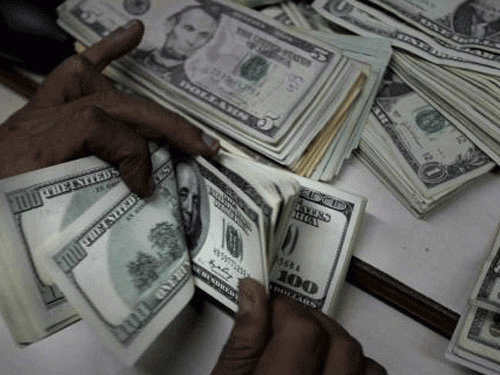By Staff Reporter
KARACHI: The current account deficit shrank 78 percent to $162 million in July from a year earlier, as exports and remittances surged, data from the State Bank of Pakistan showed on Monday.
The deficit narrowed from $741 million in July 2023 and $313 million in June 2024. The improvement was driven by an 11 percent increase in exports of goods and services to $3.013 billion and a 48 percent surge in worker remittances to $2.995 billion.
However, imports rose 12 percent to $5.6 billion, widening the trade deficit to $2.4 billion.
Brokerafe Topline Securities said the deficit was higher than expected due to the wider trade gap.
“Deficit was higher than expectations due to higher trade deficit of $2.4 billion reported by the SBP in July, 2024, compared to $1.97 billion reported by the Pakistan Bureau of Statistics (PBS),” the brokerage said. “Normally SBP deficit numbers are lower than PBS numbers.”
The current account deficit narrowed sharply in July, plummeting 48 percent from a revised $313 million in June.
The significant contraction was driven by a modest decline in imports, which fell 1.3 percent to $5.61 billion in July from $5.675 billion in June. Exports of goods and services also edged lower, slipping 2 percent to $3.02 billion from $3.081 billion over the same period.
The current account deficit had shown a significant contraction, shrinking to $681 million in the last fiscal year, down from $1.3 billion in the previous year. This marked improvement eases pressure on the exchange rate and foreign exchange reserves, a welcome respite for the South Asian nation’s economy.
The narrowed deficit can be attributed to a combination of factors, including subdued economic growth and elevated inflation, which have curtailed imports. Furthermore, policymakers’ efforts to rein in imports through targeted restrictions and maintain high interest rates have supported the narrowing of the current account gap.
Pakistan has secured a $7 billion loan package from the International Monetary Fund, providing a vital lifeline to an economy ravaged by 27.3 percent inflation and a 10 percent currency slump this year.
The staff-level agreement, reached last month, is likely to help stabilize the economy and replenish foreign exchange reserves, which have dwindled to below $10 billion since two years. The deal also unlocks potential funding from other international lenders, offering a glimmer of hope for a nation grappling with soaring prices and a depreciating rupee.
However, analysts said the loan package merely buys time for policymakers to tackle deep-seated structural issues. With investor confidence shattered and growth stagnant, the government must now implement fiscal discipline, revive economic expansion, and tame inflation to ensure a sustainable recovery, they added.
Copyright © 2021 Independent Pakistan | All rights reserved




